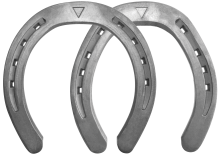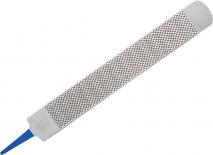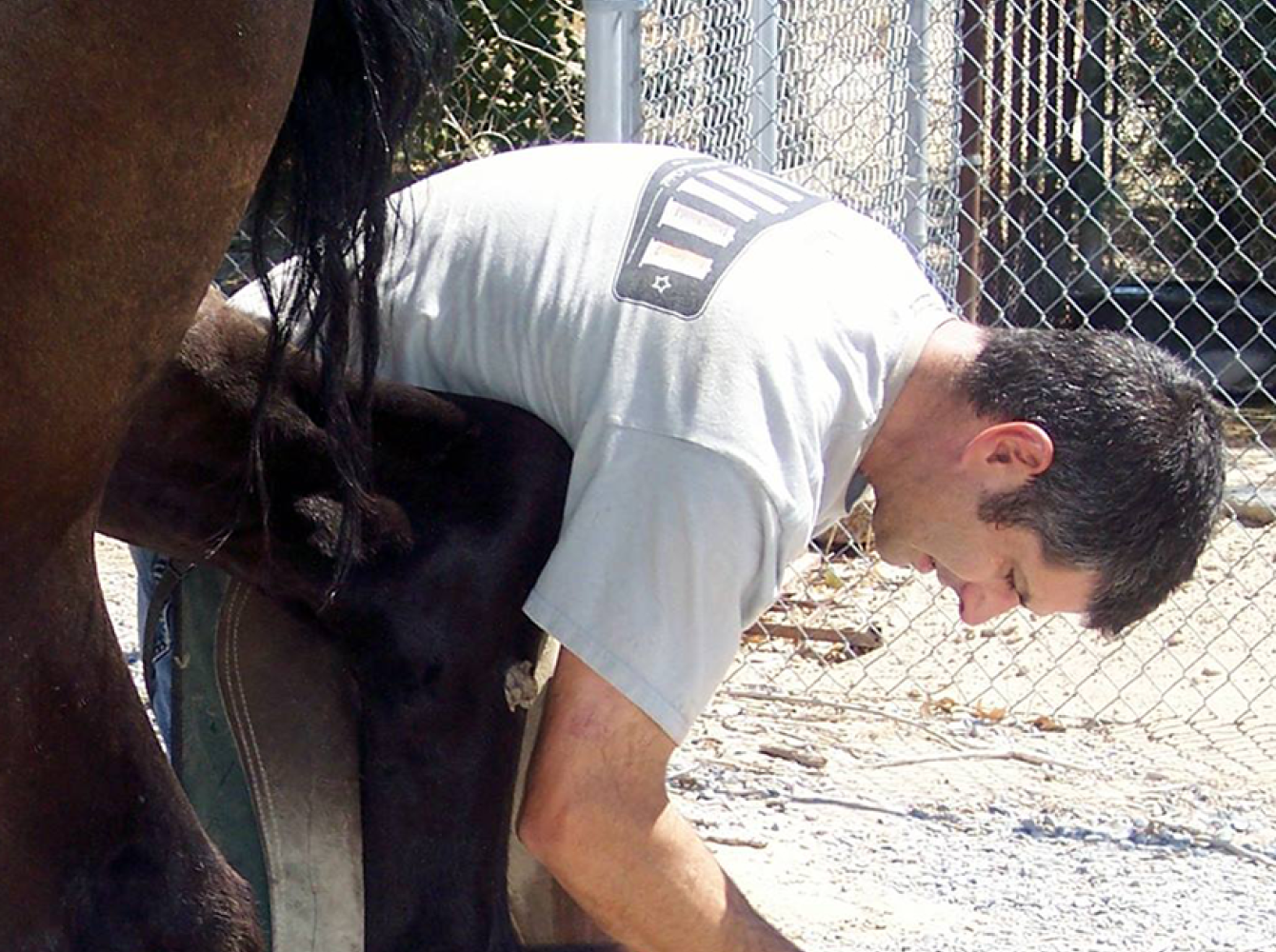
David Sierra, CJF
“When people see you wanting to learn, they’ll help you.” For this distinguished competitor and AFA examiner, people have always been as important as skills.
The journey matters as much as the certification to this AFA examiner.
When we spoke with David Sierra Jr., he’d recently overseen a certification test in Canada, so we had a rare window into the mind of a working examiner.
You might be surprised to know he gets as excited about the farriers who don’t pass as those who do—because he knows he can help them grow. When a farrier misses the certification, David and his fellow examiners try to put them in a position to succeed down the road.
“If we’ve helped them to pass the next test, I feel like we’ve succeeded.”
He says the really tough ones are the farriers who are convinced they deserved to pass. “I let them cool down,” he says. “Then, I show them where they can improve. In most cases, you can see their eyes open. They'll go home to practice, and then they'll come back and do well, and they're very thankful.”
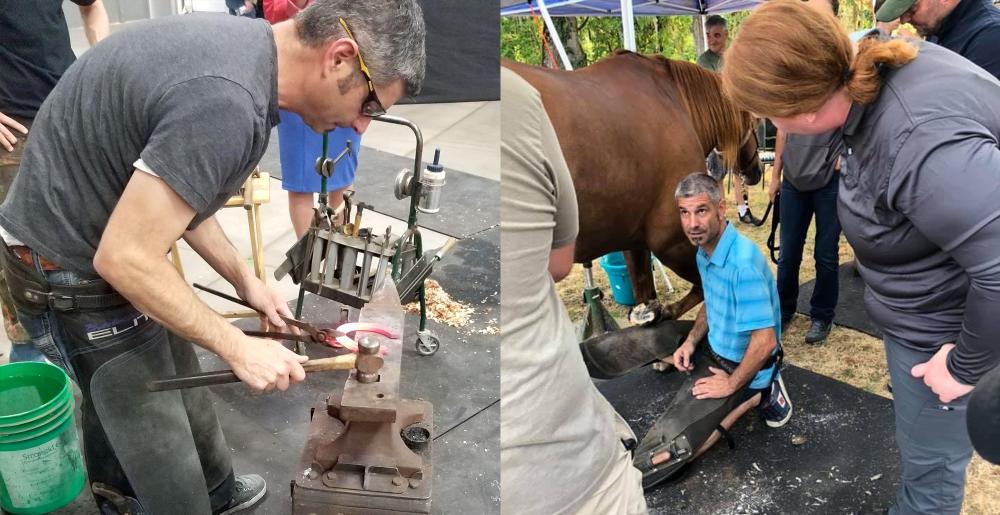
Certification means you can learn in five years what it would have taken you ten years.
Even though it’s David’s job to certify a farrier’s skills—and even though he believes deeply in the power of that certification—he emphasizes that what’s most valuable is the journey it takes to get there. All the practice, all the care that’s put into shoe displays, and all the opportunities to get feedback from peers—those are the things that really help a farrier grow.
As for David, his journey has not only earned him national respect and a thriving practice, it’s also provided some hard-won perspective.
It all started with some beer money.
For a farrier who started cleaning hooves and pulling shoes for beer money in college, David had an impressive rise. Weekends, he’d work for his friend Mike Stone, a full-time farrier in David’s home state of New Mexico, to earn some spending money while he was in school.
He enjoyed the work so much he decided to just dive in 100 percent after moving to Las Vegas, NV, doing anything he could to improve his skills.
Back then, there weren’t a lot of educational opportunities in the Las Vegas area, where he’d moved after college, so he’d travel back to New Mexico, where friends like Craig Trnka were putting on some impressive clinics, and he’d jump in the car or hop on a plane to practice with good farriers anywhere he could find them—in California, Utah, Arizona, and beyond.
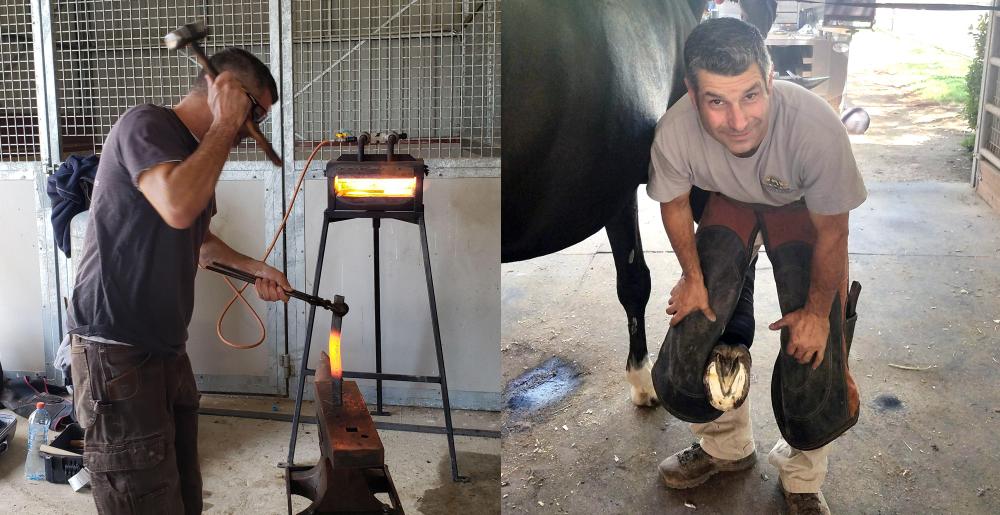
He soaked in everything he could.
“I was 27 and I didn’t have a lot of ego,” says David. This helped him to learn quickly. He had a knack for the science, the physics, and the mechanics of farriery too.
“It engaged my head and hands,” says David. “It engaged all five senses. I got to problem solve.” He loved everything about it.
Like most novice farriers though, he wasn’t immediately confident at the forge.
“At first, I could only copy what was being done,” he says. So he found good farriers to emulate and watched everything they did. “Once I mimicked long enough, it started to make sense.”
Those same farriers introduced him to competitions—and, from there, everything accelerated for David.
I made sure I put myself around the people who I felt were on the upper echelon of this trade.
Forging skills—and friendships—through stiff competition
Once David started competing in Division One, his opportunities grew as quickly as his skills.
At one of his first contests, he watched a young competitor from Utah rise through the ranks to a climactic tie-breaker. His name was Aaron Frye. “He was about my age,” says David, “and he was unbelievable. He was doing things I couldn’t do.”
David went home and worked hard. He focused on reaching that level.
At one of the next competitions, Aaron was back—this time with four additional farriers from Utah, all of whom were competing in Division Two and Three. David kept his eye on them. They were good.
By the time he encountered the Utah contingent at a San Diego competition, they had noticed David too. After the tournament, they asked him to join their group after the contest was finished. He was thrilled.
“Even though I was Division One, I was part of that group now,” he says. “And they were pushing me to do better.”
Taking chances—and winning big
At that same contest in Arizona, he was hoping to join a draft team, but not sure he’d have the skill to get on one.
It turns out, he didn’t have to worry.
“Before I even stopped my truck, one of the guys from Utah came up and said ‘Hey, it’s good to see you,’” says David. “I asked him if anybody needed any help. He had a full team but he talked to Travis Swenson, whose team needed a striker.”
It was a good match. David’s team won the entire competition, and they gave David the specimen shoe they’d made as a keepsake.
“I felt like I was on top of the world,” he says.
These competitions were not only honing his skills, they were opening doors. And, not surprisingly, this avid competitor has built his farrier business serving other competitors, working primarily with sport horses.
“It’s a challenge to do your best,” he says about the unique intensity and pressure of sport horses. “It keeps my mind stimulated.”
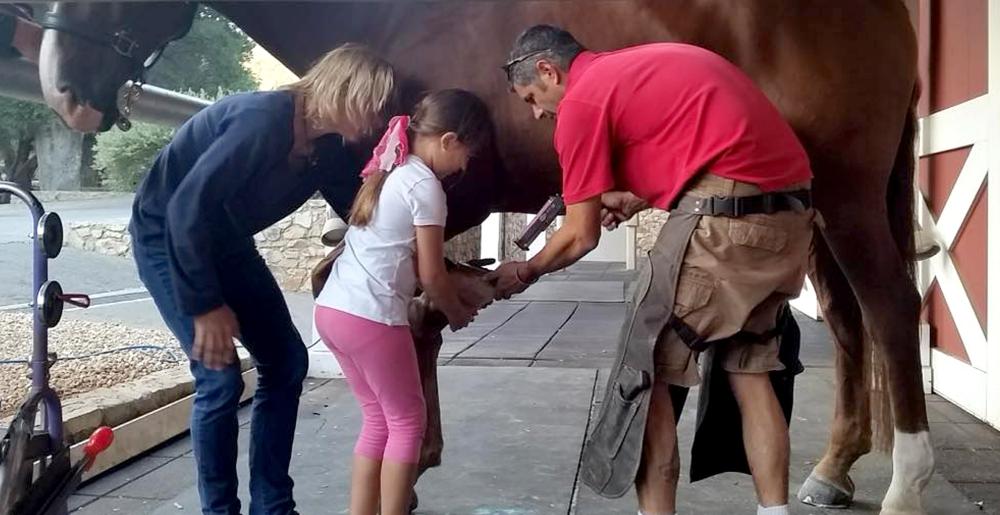
In this trade, as long as people see you trying and wanting to learn, they’ll become an open book, and they'll help you.
Finding perspective through the hardest test of all
As David was building his business, he was focused on more than just horses. His special-needs son gave him an extra reason to work hard—pushing him to log a lot of six-day weeks.
When his son passed away in 2019, horseshoeing became a lifeline.
“It gave me something to focus on—at a time when that felt like a gift,” says David. “My assistant would tell me that I was so tuned in to what I was doing that he could talk for thirty seconds without me hearing a word.”
Grief has motivated him to keep going and has also given him perspective. The work is important. But not as important as life.
“I work five days a week now,” says David, who’s taking care of himself as much as his horses these days. “Now, if I’m tired or hurt, I don’t push through. I come back to it tomorrow.”
This is hard-won wisdom from a man who’s helping to shape the next generation of farriers. He’s trusted and respected in the industry for a reason, and he’s definitely one to keep watching.
I realized that life is precious. I can’t waste it.
Q&A with David Sierra, CFJ
Besides being an AFA examiner, David Sierra has a successful practice in Las Vegas, Nevada, focused on sport horses. He shared some of his insights into the certification process—and what makes a good horseshoer.
If a farrier asked you how to prepare for certification, what would you tell them?
I’d start with these tips:
- Become an AFA member and get with someone who’s been through it. Listen to them.
- Attend the closest certification clinic you can find.
- Get involved in a local association and do some competing. That teaches you how to work under a time limit.
- Structure your time so you can practice on your own. That’s when you absorb what you learned.
- If you don’t pass the first time, ask the judges what you do better.
Is there an ideal time to get certified? Is it ever too early? Or too late?
Any time is the right time. I did it early, and I think the earlier you can do it, the better. For younger farriers, it’s a way to accelerate your learning. For older farriers, it’s a way to revive your practice and your confidence—and it can be fun.
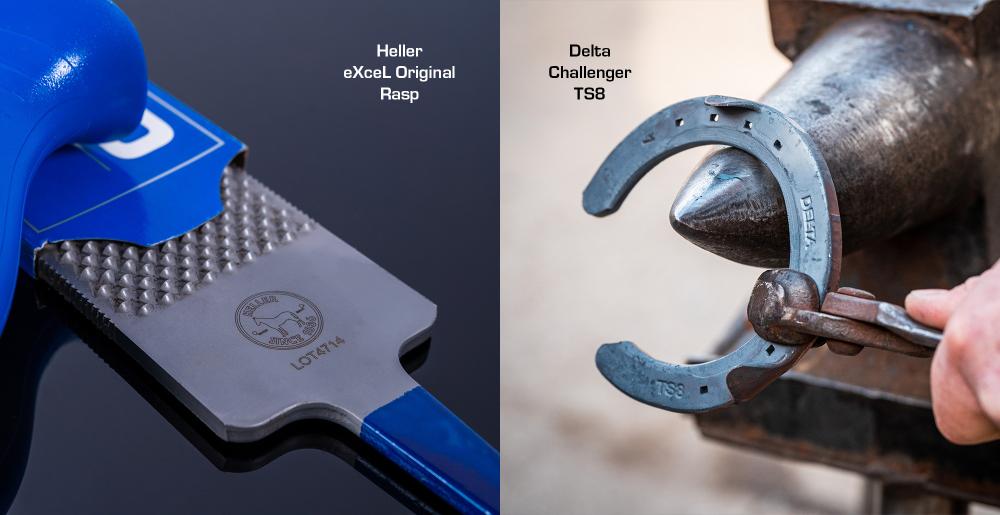
Tell us about meeting your Mustad rep, Tim Shannon.
I met Tim some years ago, but we got reacquainted when he called and asked about an AWCF prep course. We ended up rooming together and got to talking about stuff we learned in the prep class. We started talking more about horses—and not just feet. He was already onto that, but I hadn’t made that shift yet.
What makes a good horseshoe?
Being in the dry ground area that I’m in, I’m looking for wearability. Can I reset something? That’s key.
In competition, we make shoes that look like the anatomical parts of a horse's foot. So why are there so many shoes that don't look like that? I want to try to find shoes that require the least amount of work to be done—especially in the toe area.
Any favorite Mustad products?
I’ve used Mustad’s Delta Challenger 7s and 8s. I’ve made toe cap shoes out of them because there’s so much material in them. And I’ve used the Heller eXceL Original rasp since it came out. I love it because it’s just wide enough and it’s smooth. I get a good week out of it in this environment—and I can resharpen it.
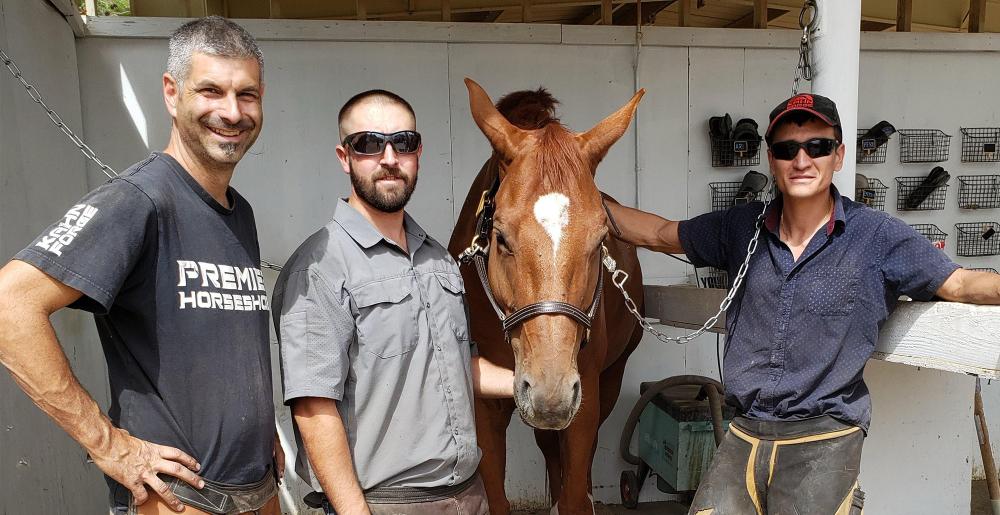
What are your plans for the future?
Retirement for me won’t mean stopping. I may do fewer horses and spend more time in the shop. I may spend more time with apprentices or at clinics. It would be nice to get involved with an organization like the Flying Anvil Foundation, where I could help underprivileged farriers. I don’t think I can get away from this trade.
Want to see more about David? You can find him on Facebook and Instagram.
